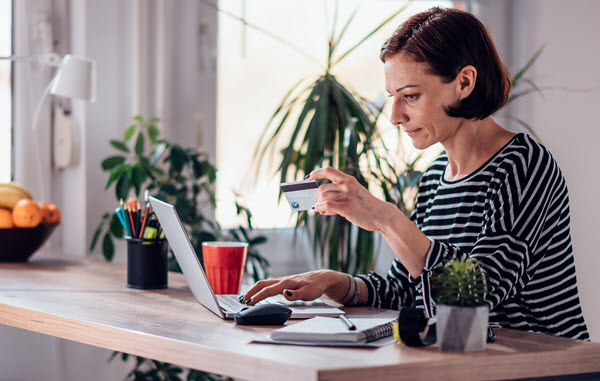One and a half months into lockdown and most organizations are now through the initial scramble to assess, address, and run in the best way they are able. But some have gone beyond just getting to a run state and pushed innovation to address new and evolving customer experience expectations. But are all these “COVID-nnovations” actually good for customers?
The Good
- Increases in telemedicine applications. The healthcare industry demonstrated it was ready to accommodate with shelter-in-place orders by rapidly rolling out telemedicine options to patients. Why would patients ever expect to have to go back into an office post-pandemic for simple matters?
- Repurposing and re-skilling of teams. Whether rooted in the industry itself, like Zappos, or the overnight need to work remotely, many who are still able to work found their job changed overnight and welcomed the new channels and expanded ways to support their customers.
- More customer control over last-mile delivery. While traditional logistics companies like FedEx were already innovating in this space, more B2C and B2B retailers worked fast to expose last-mile delivery options to their customers, including easy ways to communicate how and where to leave packages so contact isn’t necessary.
- Increased customer self-service options. Even with teams working remotely, they are likely bandwidth constrained and customers are looking for ways to self-serve. The rapid increase of FAQ content, formal knowledge base applications, and even creative uses of the ‘Contact Us’ page is a welcome innovation to customers who are happy to get answers quickly.
- Repurposing physical locations as distribution hubs. For retailers who might not have even been able to ship during the first weeks of the pandemic, order fulfillment creativity has come in spades, resulting in customers having more product availability and accessibility than before. Retailers like Kendra Scott transitioned their physical locations to localized distribution hubs and such a shift is likely to only gain them more and more loyal customers post-pandemic.
- Going beyond a single marketplace to enable digital distribution. Many sellers found themselves stuck when merchandise sitting in marketplace warehouses were deemed ‘unessential’ and customer orders were significantly delayed or unable to be fulfilled. While the root cause of the delay might not be apparent to customers, and everyone is tolerant right now of delays, now is the time to continue expansion beyond single marketplaces so customers won’t be let down in the future.
The Questionable
- Heavy promotions and discounting. Good for customers, bad for sellers. Relying on promotions and discounting is always a slippery slope, but many brands right now have no other choice to move the merchandise they have and salvage whatever margin is possible. As we saw from the previous recession, one of the outcomes was customers purchasing with a more value-oriented mindset. Heavily discounting now will only further train customers to delay purchasing until they get a better deal. Carefully consider your discounting strategy right now and start discussing how to emerge and return to full-price business post-pandemic.
- Online learning. The transition from classroom to remote learning came fast – without warning and without much time to prepare on the giver or receiver sides. Administrations and teachers are doing everything they can to keep academics on track, but the response has been a mixed bag. If the education sector wants to retain and nurture distance learning, there will need to be more investment into infrastructure, considerable attention to the potential digital divides in their student communities, and, moreover, reconsideration of how curriculum is delivered online and how students engage.
- One-way store aisles. I think this is brilliant, low-tech innovation for now and for post-pandemic shopping experiences. I don’t think it will last post-pandemic, unfortunately, but I’m willing to moonlight as an aisle right-of-way traffic cop.
The Not-So-Good
- Inauthentic messages of empathy. Customers wanted to hear from businesses in the early days of the pandemic to understand if and how they could continue to conduct business. However, at this stage of the pandemic, customers are not looking to get daily mass email about how much a business cares about them. It’s not personal and it’s beginning to feel inauthentic.
- Band-aid solutions. And doubling-down on legacy systems. As this opinion piece succinctly puts it, it’s not the COBOL language that’s the problem, it’s the legacy of it. This is a business case for infrastructure investment if there ever was one.
- Cocktails to-go. It sounded like a good idea at the time and there is no arguing restaurants and small businesses need the support. The concept is better than the execution. I’ve heard.


Great post, thank you for sharing your thoughts with us. I am excited to see what online learning will be like in some years.